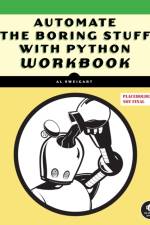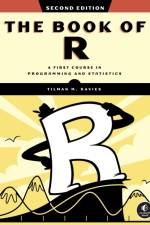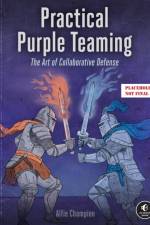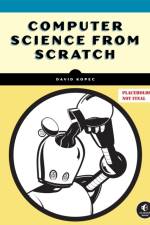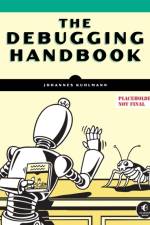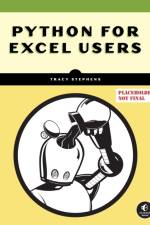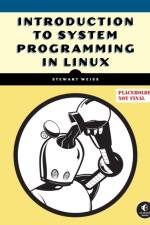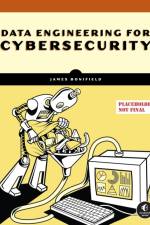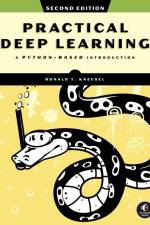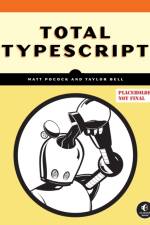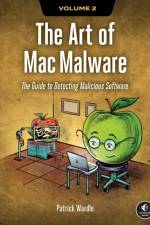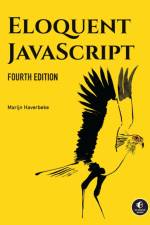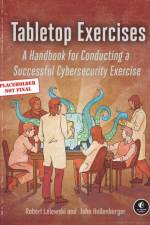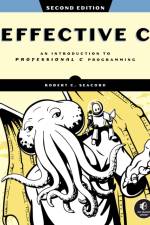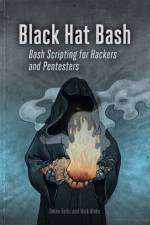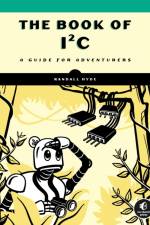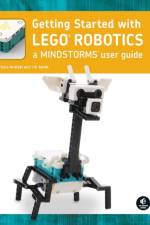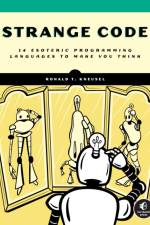av Nick Aleks
651
Master the art of offensive bash scripting. This highly practical hands-on guide covers chaining commands together, automating tasks, crafting living-off-the-land attacks, and more!In the hands of the penetration tester, bash scripting becomes a powerful offensive security tool. In Black Hat Bash, you’ll learn how to use bash to automate tasks, develop custom tools, uncover vulnerabilities, and execute advanced, living-off-the-land attacks against Linux servers. You’ll build a toolbox of bash scripts that will save you hours of manual work. And your only prerequisite is basic familiarity with the Linux operating system.You’ll learn the basics of bash syntax, then set up a Kali Linux lab to apply your skills across each stage of a penetration test—from initial access to data exfiltration. Along the way, you’ll learn how to perform OS command injection, access remote machines, gather information stealthily, and navigate restricted networks to find the crown jewels. Hands-on exercises throughout will have you applying your newfound skills.Key topics covered include:Bash scripting essentials: From control structures, functions, loops, and text manipulation with grep, awk, and sed.How to set up your lab: Create a hacking environment with Kali and Docker and install additional tools.Reconnaissance and vulnerability scanning: Learn how to perform host discovery, fuzzing, and port scanning using tools like Wfuzz, Nmap, and Nuclei.Exploitation and privilege escalation: Establish web and reverse shells, and maintain continuous access.Defense evasion and lateral movement: Audit hosts for landmines, avoid detection, and move through networks to uncover additional targets.Whether you’re a pentester, a bug bounty hunter, or a student entering the cybersecurity field, Black Hat Bash will teach you how to automate, customize, and optimize your offensive security strategies quickly and efficiently, with no true sorcery required.


